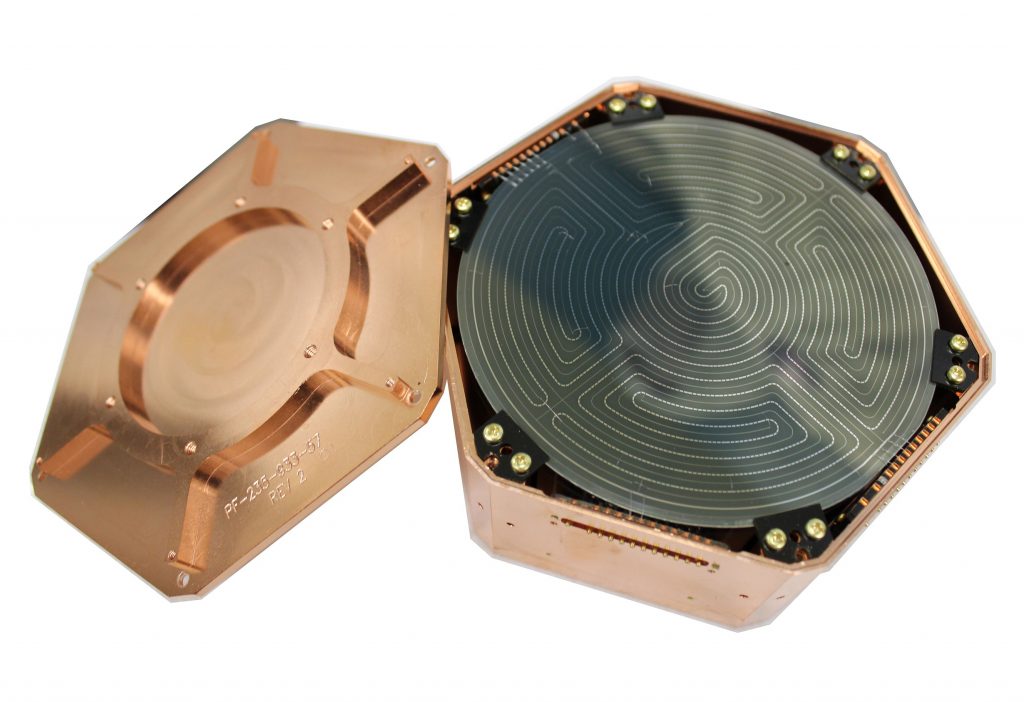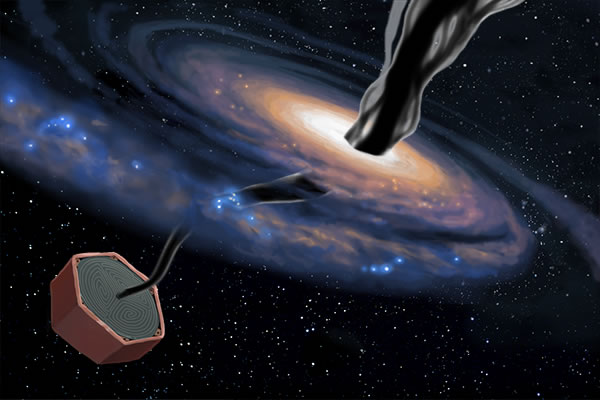Read
Aug 29, 2014
Device for detecting dark matter gets funding from Energy Department
Summary:
- The US Department of Energy is investing $460,000 in research at Texas A&M University to develop a device to detect and confirm the existence of dark matter.
- Physicists are unsure exactly what particles to look for, so they have agreed upon several possibilities. Among them is a particle known as a weakly interacting massive particle, or WIMP.
- The A&M device uses cryogenically cooled germanium and silicon to record WIMPS as they strike the earth. A&M physicists and their colleagues plan to place the devices in deep mine shafts to protect them from the typical radiation that enters the atmosphere.
- The Energy Department grant supplements an earlier federal grant of $1.675 million in the project.
- See the full story at: https://www.science.tamu.edu/news/2017/08/texas-am-physicist-rupak-mahapatra-earns-doe-grant-for-detector-research/
Photos

Credit: College of Science, Texas A&M University
Caption: Closeup of a next-generation 4-inch detector in its mount, currently being fabricated at Texas A&M University by high-energy physicist Rupak Mahapatra and his team for use in the Generation 2 (G2) experiment at SNOLAB.
Quote

“A dark matter particle passes through us every second, yet we do not feel it due to their extremely rare interaction with ordinary matter.”
Rupak Mahapatra, professor, Department of Physics and Astronomy, College of Science, and project principle investigator
- Email: mahapatra@physics.tamu.edu
- Phone: 979-229-4196
- Websites: Research Website
- Curriculum Vitae
Video
Credit: Research Communications, Texas A&M University
Illustration

Credit: Research Communications, Texas A&M University

